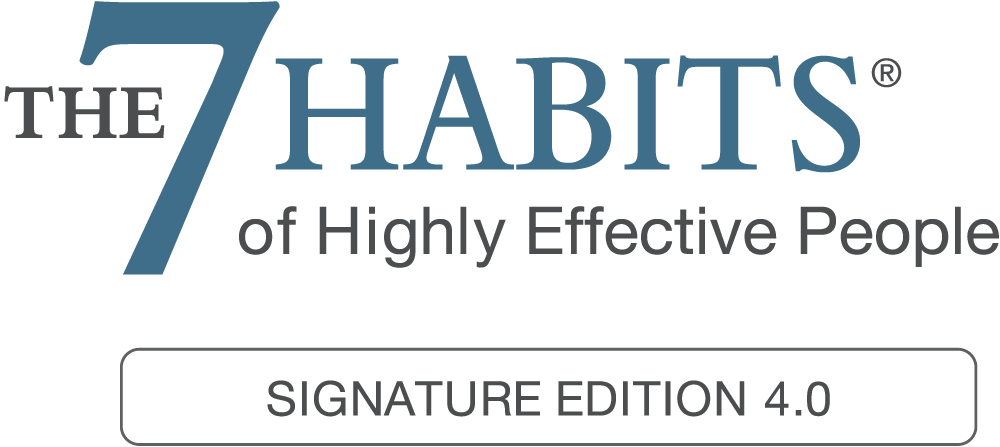There's no linear equation to follow when creating a high-performing culture. Rather, organizational success is a byproduct of the right conditions.
Nearly 70 percent of CEOs now recognize culture as one of the greatest sources of competitive advantage. Whereas company processes, technology, and strategy can be copied, an organization's DNA cannot be reproduced.
With this realization, many organizations are turning to cultural change to fuel future growth and performance. Kaiser Associates, a business strategy and consulting firm, defines a high-performing culture as an organization that performs better than its peers in regards to business performance, innovation, employee productivity, and engagement, over a sustained period of time.
For now, let's focus on how companies can leverage performance management best practices to build a winning culture.
The first step is to clearly define what high-performance means for your team. In the words of Mike Figliuolo, a nationally recognized speaker and thought leader, "The way that you define and measure performance will determine the practices you put in place to achieve it." Unfortunately, this is where many organizations go wrong. They either stress high-performance and never define it, or define it but never create supportive processes to foster it.

Motivation comes from effectively communicating the vision of leaders.
To inspire your employees to put their best foot forward every day requires a little bit more than SMART goals and gift cards. Although I wish it was different, there is no linear equation to developing a high-performing culture. Instead, to create a system that inspires peak performance, you'll have to provide the right conditions.
These insights from SAP SuccessFactors, an HR technology provider, will help you create an environment that fosters perpetual performance management.
1. System Buy-in and Motivation
Since employees take cues from their managers, change and the likelihood of sustaining it will rest solely on the buy-in of your organization's key stakeholders. If there is even a shred of doubt regarding the benefits, no amount of persistence will help. Leaders must see that continuous performance management is worthy of their time, energy and resources.
Buy-in comes from clarifying intentions and expectations (why). Motivation comes from effectively communicating the vision and the business impacts of improved organizational performance (what's in it for them).
2. Feedback-rich Culture
Having more regular conversations on performance is far easier in environments where people are already accustomed to giving, receiving, and seeking feedback. Although many organizations say they are feedback-friendly, the truth is many managers aren't trained or held accountable for giving feedback. Like buy-in and motivation, the tone needs to be set from the top.
3. Goal-Oriented Culture
It's difficult to have regularly scheduled performance conversations in an environment where goals, and how those goals are aligned with the company's mission, are ambiguous.
Goals are not only important for structured performance meetings, but also for providing meaningful feedback that sticks. Feedback outside of the context of goals is less effective.
3. Goal-Oriented Culture
It's difficult to have regularly scheduled performance conversations in an environment where goals, and how those goals are aligned with the company's mission, are ambiguous.
Goals are not only important for structured performance meetings, but also for providing meaningful feedback that sticks. Feedback outside of the context of goals is less effective.
4. Quality Relationships
The more employees and managers trust each other, the more effective performance conversations will be. To build trust, managers should:
- Show and portray a level of confidence in the employee's ability to reach their goals, learn from feedback, and develop their skills sets.
- Reward and appreciate employees for making improvements and contributions.
- Be transparent and consistent when recognizing and reviewing employee's performance.
- Be cognizant of tone and ensure that conversations remain encouraging and supportive.
- Training on Giving/Receiving Feedback
There comes a point when your top performers are looking for the next step in their careers. In fear of losing them, many organizations promote employees based on non-managerial skill sets. However, putting performance management and feedback responsibilities in the hands of the ill-equipped could significantly affect your employee's morale.
Make sure your managers receive training on how to be effective coaches and provide them with tools to support the process.
Make sure your managers receive training on how to be effective coaches and provide them with tools to support the process.
5. Training on Giving/Receiving Feedback
There comes a point when your top performers are looking for the next step in their careers. In fear of losing them, many organizations promote employees based on non-managerial skill sets. However, putting performance management and feedback responsibilities in the hands of the ill-equipped could significantly affect your employee's morale. Make sure your managers receive training on how to be effective coaches and provide them with tools to support the process.
6. Transparency on Talent Decisions
To mitigate feelings of favoritism, hidden agendas, and unjust methods, it's critical for organizations to provide transparency around talent management practices. Employees need to know how performance data will be used to determine career progression, compensation adjustments, and development opportunities. When employees understand how they are being evaluated, they'll be more open to discussing concerns impacting their performance.
7. Well-Defined Feedback Systems
Continuous performance management is just that -- continuous. As managers, I know you have a million other priorities, and that's why there needs to be a clear performance management structure in place to trigger and enable managers and employees to have regular feedback conversations. If not, we all know they will never happen. Also, it's important to have a centralized system to record key takeaways from these conversations.
8. Ongoing Evaluation and Program Management
Performance management is not just another initiative to be launched. Because it requires a significant culture change, it must be continuously monitored and improved. Make sure to keep the pulse of the organization on end-user satisfaction, frequency and impact of feedback conversations, and increases in individual/team performance.
INC.
|
Training Program

|
||||||||||||||||||||||||||||||
| LEARN MORE |











